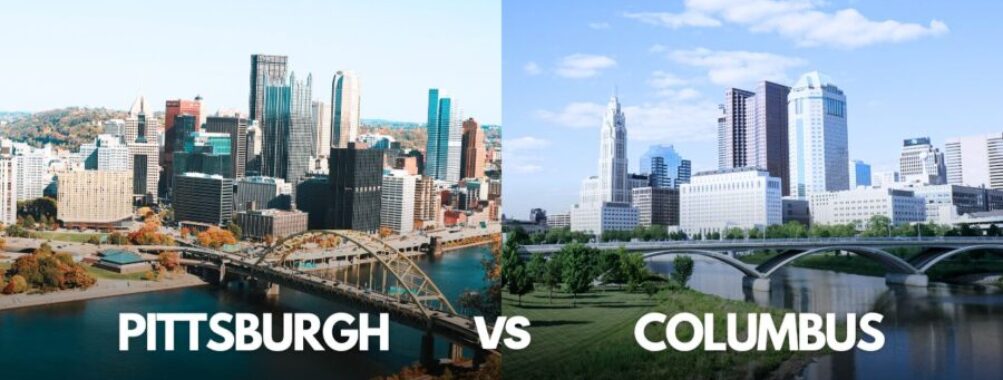
Pittsburgh vs Columbus: 5 Key Differences Between These Midwest Gems in 2025
Are you thinking about moving to or visiting Pittsburgh or Columbus? These two Midwestern cities might seem similar initially, but each offers unique experiences. Columbus has a lower cost of living than Pittsburgh, and more affordable housing options make it attractive for families and young professionals.
Pittsburgh boasts more character and a richer arts scene, though Columbus has made impressive cultural strides in the past 15 years. Both cities appeal to hockey fans, with the Pittsburgh Penguins and Columbus Blue Jackets creating an exciting NHL rivalry that adds to their competitive spirit.
The demographics differ slightly, too—Columbus residents tend to be younger and more likely to be married. While Pittsburgh charms visitors with its three rivers and historic neighborhoods, Columbus offers a more modern, growing cityscape. Both cities have distinct personalities that appeal to different types of travelers.
Table of Contents
- Geographic and Historical Context
- Pittsburgh’s Legacy
- Columbus’ Development
- Climate and Weather Patterns
- Pittsburgh’s Seasons
- Columbus’ Climate
- Cultural Highlights and Food
- Pittsburgh’s Culinary Scene
- Columbus’ Diverse Offerings
- Sports, Teams, and Rivalries
- Pittsburgh Penguins’ Highlights
- Columbus Blue Jackets’ Profile
- Notable Players and Management
- Pittsburgh’s Leading Figures
- Columbus’ Key Personalities
- Stadiums and Facilities
- Exploring PPG Paints Arena
- Nationwide Arena Insights
- Team Statistics and Achievements
- Penguins’ Performance Metrics
- Blue Jackets’ Record Breakdown
- Frequently Asked Questions
- What factors contribute to the difference in cost of living between Pittsburgh and Columbus?
- Which city, Pittsburgh or Columbus, offers a more vibrant football scene?
- What are the key population growth trends in Pittsburgh compared to Columbus?
- How does the quality of life in Pittsburgh contrast with that in Columbus?
- What historical impacts have shaped the cultural identities of Pittsburgh and Columbus?
- What are the expected outcomes and community insights for upcoming Pittsburgh vs. Columbus sporting events?
- Book Your Dream Experience
- More Travel Guides
Geographic and Historical Context

Pittsburgh and Columbus represent two distinct urban landscapes shaped by their geography and historical development. Their locations have significantly influenced their growth patterns, architecture, and cultural identities.
Pittsburgh’s Legacy
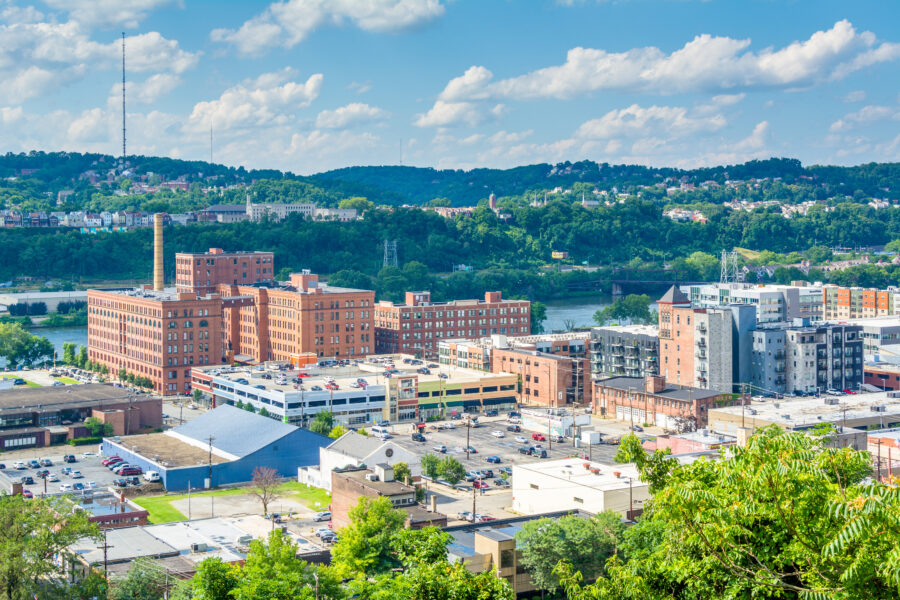
Pittsburgh is located in western Pennsylvania at the confluence of three rivers—the Allegheny, Monongahela, and Ohio. This strategic location in the Appalachian Mountains gave the city its distinctive hilly terrain and numerous bridges.
The city’s history is deeply tied to industry, particularly steel production. During the late 19th and early 20th centuries, Pittsburgh became known as the “Steel City,” attracting immigrants from across Europe who shaped its diverse neighborhoods.
Pittsburgh’s older, more mature character is evident in its architecture. Historic districts feature buildings from the Industrial Revolution era, while the downtown skyline reflects its economic booms and transformations.
The city’s geography created naturally defined neighborhoods, with hills and rivers as natural community boundaries. This contributed to Pittsburgh’s strong sense of neighborhood identity that persists today.
Columbus’ Development
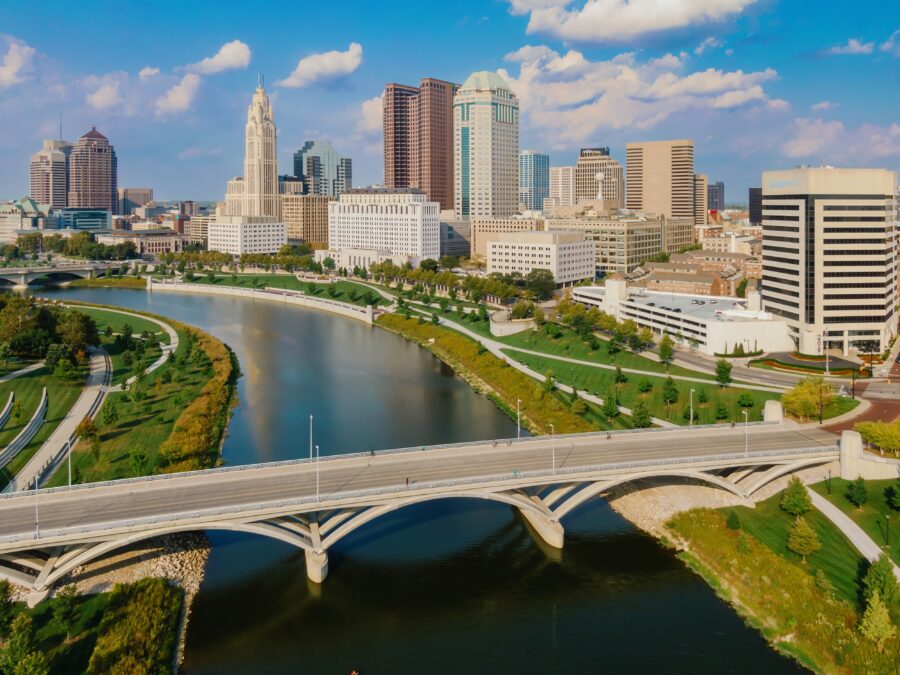
Columbus occupies relatively flat terrain in central Ohio, allowing for a more spread-out development pattern. The city lacks the natural geographic boundaries that defined Pittsburgh’s growth.
As Ohio’s capital, Columbus evolved more deliberately around government, education, and service industries rather than heavy manufacturing. Ohio State University’s presence has significantly influenced the city’s culture and economy.
Columbus experienced significant growth later than Pittsburgh, with much of its expansion occurring after World War II. This results in more modern architecture and urban planning throughout the city.
The city’s newer development patterns reflect mid-to-late 20th-century urban planning philosophies, with wider streets, more suburban-style neighborhoods, and planned commercial districts. Columbus continues to grow rapidly, attracting new residents and businesses.
Unlike older cities like Pittsburgh or Cleveland, Columbus doesn’t carry the same industrial legacy or need for large-scale revitalization. Its development continues to be more forward-looking and expansive rather than focused on preserving historic character.
Climate and Weather Patterns
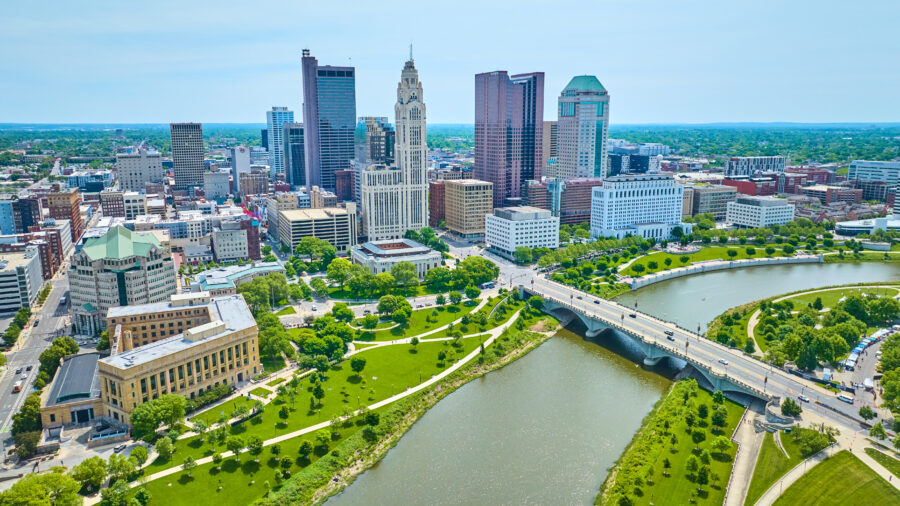
Pittsburgh and Columbus have distinct seasonal patterns with notable temperature, precipitation, and comfort differences. Both cities experience all four seasons, but subtle variations exist in snowfall, sunny days, and humidity.
Pittsburgh’s Seasons

Pittsburgh’s climate features well-defined seasons with cooler overall temperatures compared to Columbus. Winters can be challenging with more snowfall due to the hilly terrain, making driving difficult when roads get slick. The city averages slightly lower maximum temperatures throughout the year, with readings about 1°C cooler than Columbus.
The Steel City gets fewer sunny days annually than its Ohio counterpart. This is something to consider if you’re sensitive to seasonal mood changes. Winter months, especially December, tend to be gray and overcast.
Pittsburgh’s position between river valleys creates fascinating microclimates throughout the city. Some neighborhoods might experience different weather conditions than others, just a few miles away!
Columbus’ Climate
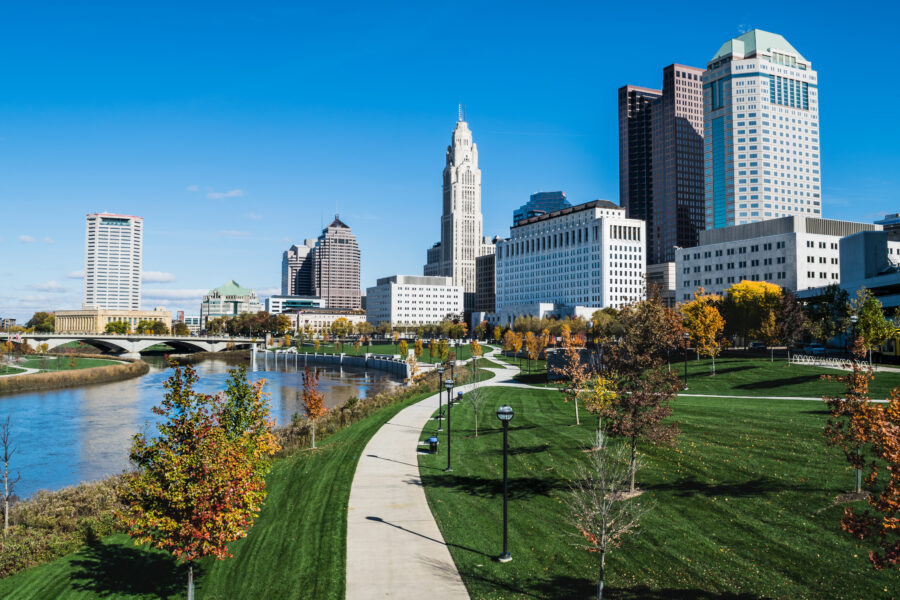
Columbus enjoys slightly milder weather with more sunshine throughout the year. The city boasts about 11.3% more sunny days than Pittsburgh, which can make a significant difference in lifestyle and outdoor activities. While Columbus still experiences all four seasons, its winters tend to be less severe.
The flat terrain of Columbus makes winter travel easier than in Pittsburgh. There’s less snow accumulation, and what does fall typically melts faster on the level ground.
Summer humidity can be noticeable in Columbus, though both cities experience muggy conditions during July and August. Spring arrives here, with flowering trees and plants blooming sooner than in Pittsburgh. Fall in Columbus is pleasant with gradually cooling temperatures and beautiful foliage, though the color display might not be as dramatic as in Pittsburgh’s hillier landscape.
See Related: Pittsburgh vs Cincinnati: Must-See Attractions That Define These Rival Cities
Cultural Highlights and Food

Pittsburgh and Columbus offer unique cultural experiences and food scenes that reflect their distinct characters. The two cities provide visitors with diverse culinary options and cultural attractions showcasing their heritage and innovation.
Pittsburgh’s Culinary Scene
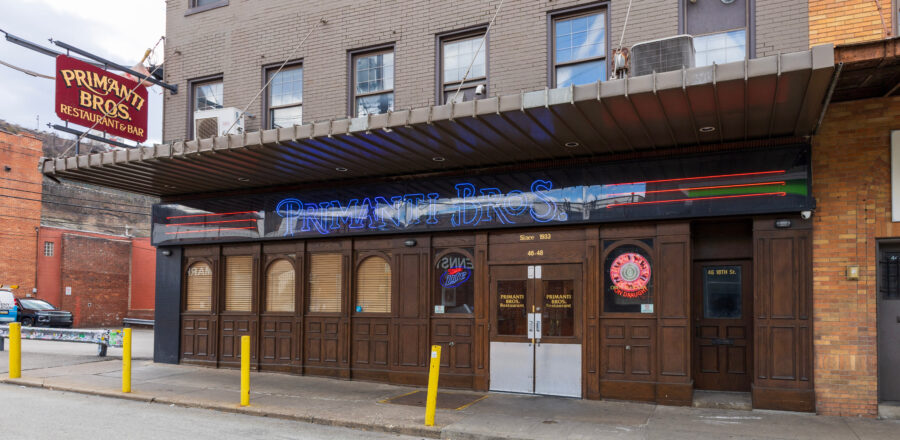
Pittsburgh’s food scene has transformed dramatically in recent years, moving beyond its blue-collar roots. The Strip District serves as the city’s culinary heart, where visitors can find everything from authentic Italian delis to gourmet coffee shops.
Primanti Bros. remains a Pittsburgh institution with its famous sandwiches stuffed with French fries and coleslaw—a true Steel City tradition! The city also boasts many craft breweries and farm-to-table restaurants that highlight local ingredients.
Pittsburgh’s cultural offerings are impressive for its size. The city houses the Andy Warhol Museum, the most extensive collection of a single artist’s work in America. The Cultural District downtown features multiple theaters and performance spaces within walking distance of each other.
Sports culture is also deeply embedded in Pittsburgh life. The city rallies around its teams with passionate fans filling bars and restaurants on game days, creating an electric atmosphere throughout town.
Columbus’ Diverse Offerings
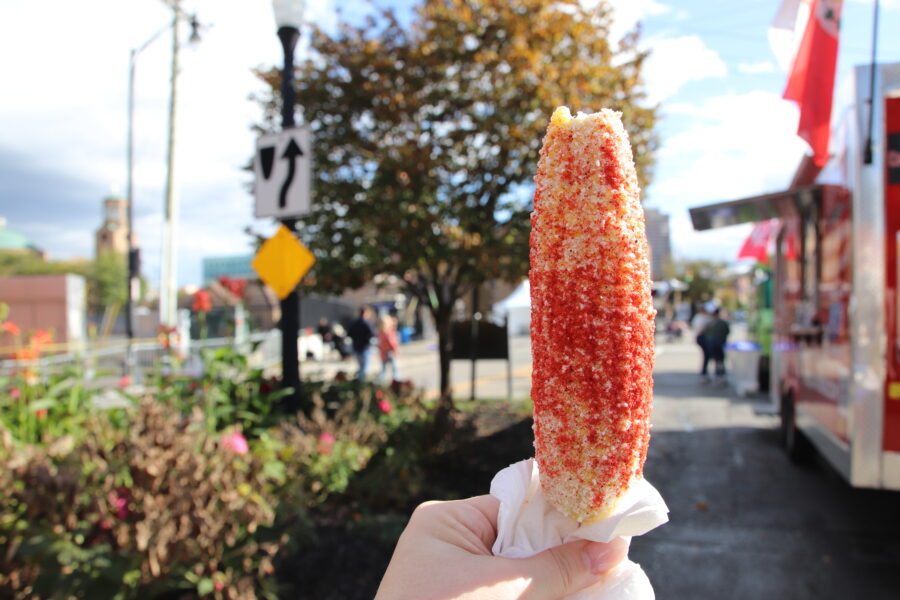
Columbus has experienced remarkable cultural growth recently, establishing itself as a Midwest arts destination. The Short North Arts District showcases galleries, boutiques, and restaurants along a vibrant corridor that hosts monthly Gallery Hop events.
The food scene in Columbus surprises many visitors with its diversity. German Village offers authentic European cuisine, reflecting the city’s heritage. North Market provides a food hall experience with dozens of local vendors serving everything from hot chicken to artisanal ice cream.
Columbus has embraced its university influence, creating neighborhoods with innovative restaurants and coffee shops. The city boasts impressive ethnic food options, particularly in areas like Bethel Road, which has outstanding Asian restaurants.
COSI (Center of Science and Industry) and the Columbus Museum of Art provide cultural enrichment for visitors of all ages. The city also maintains beautiful green spaces, like the Franklin Park Conservatory, which hosts yearly cultural events.
Sports, Teams, and Rivalries
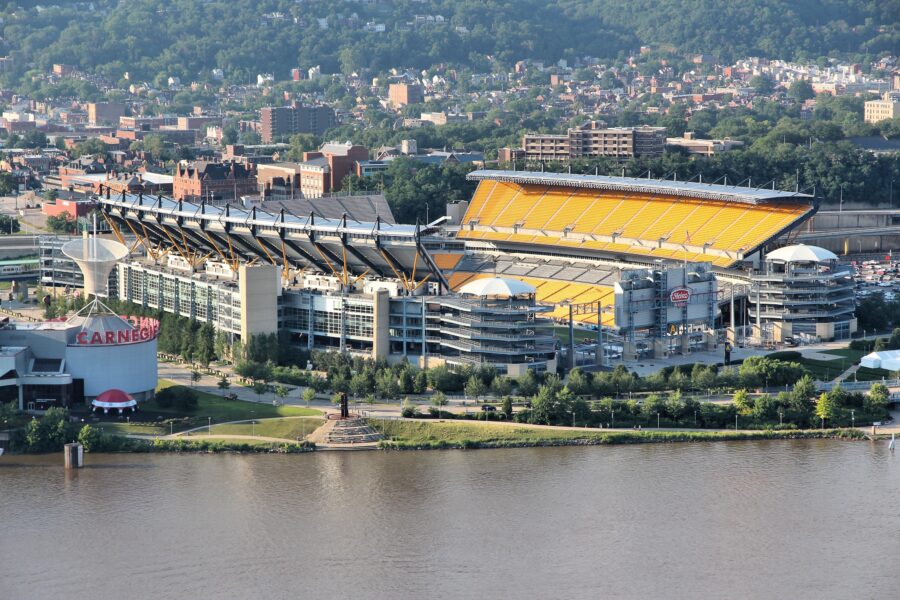
The Pittsburgh-Columbus sports rivalry is most visible on the ice, where the Penguins and Blue Jackets have developed an increasingly heated competition. While Penguins fans might downplay the rivalry, Blue Jackets supporters certainly feel its intensity.
Pittsburgh Penguins’ Highlights
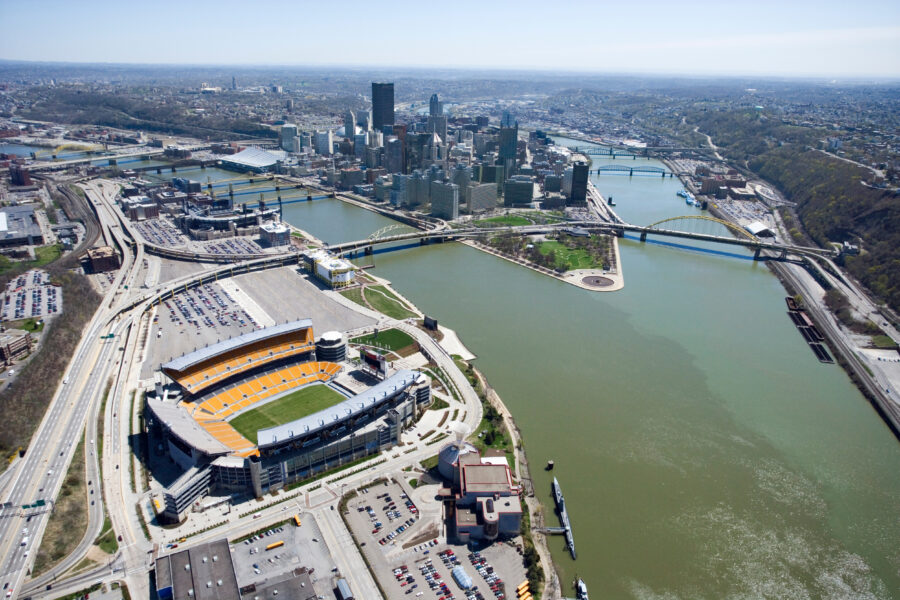
The Pittsburgh Penguins have established themselves as one of the NHL’s most successful franchises. Led by superstar Sidney Crosby, who has been the team’s face since 2005, the Pens have captured multiple Stanley Cup championships.
Their winning tradition and large fan base have made them a formidable presence in the Metropolitan Division. When facing Columbus, Penguins fans often travel in droves to Nationwide Arena, creating an unusual home-ice advantage in their rival’s building. Many hockey experts note that while Pittsburgh acknowledges Columbus as a formidable opponent, it doesn’t necessarily view the Blue Jackets with the same rivalry intensity as it might toward teams like Washington or Philadelphia.
Columbus Blue Jackets’ Profile
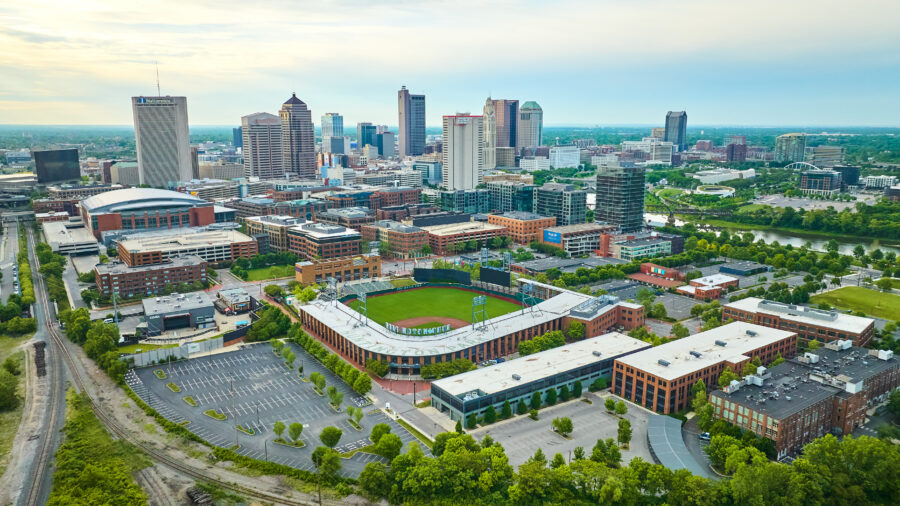
Despite being a younger franchise, the Columbus Blue Jackets have worked hard to establish their identity in the NHL. For Blue Jackets fans, the rivalry with Pittsburgh burns much hotter than in the opposite direction.
As one search result notes, this rivalry “exists in the hearts of Blue Jackets fans a thousand times stronger than it does for Pens fans.” This one-sided intensity has grown through playoff matchups and regular-season battles.
The Blue Jackets have embraced their underdog status against the more established Penguins. Their fans enjoy victories over Pittsburgh, treating them as statement wins that validate their team’s growth.
The geographic proximity of the cities (just about a 3-hour drive apart) has helped fuel this budding rivalry, with fans from both towns efficiently attending away games against each other.
Notable Players and Management

Pittsburgh and Columbus have seen remarkable hockey figures shape their teams. The leadership and talent in both organizations have defined their identities and competitive spirits in the NHL.
Pittsburgh’s Leading Figures

Sidney Crosby stands as the cornerstone of the Pittsburgh Penguins. As captain since 2007, his leadership has guided the team to three Stanley Cup championships. His remarkable playmaking ability and hockey IQ have made him one of the greatest players of his generation.
Evgeni Malkin has been Crosby’s powerful counterpart, forming one of hockey’s most dynamic duos. The Russian center brings size, skill, and scoring ability that few in the league can match.
In goal, Tristan Jarry has developed into Pittsburgh’s primary netminder. His athletic style and puck-handling skills have made him valuable between the pipes.
On the management side, the Penguins have benefited from stability. Mario Lemieux’s involvement as owner brought credibility and connection to the team’s storied past. The front office has consistently built competitive rosters around its core stars.
Columbus’ Key Personalities
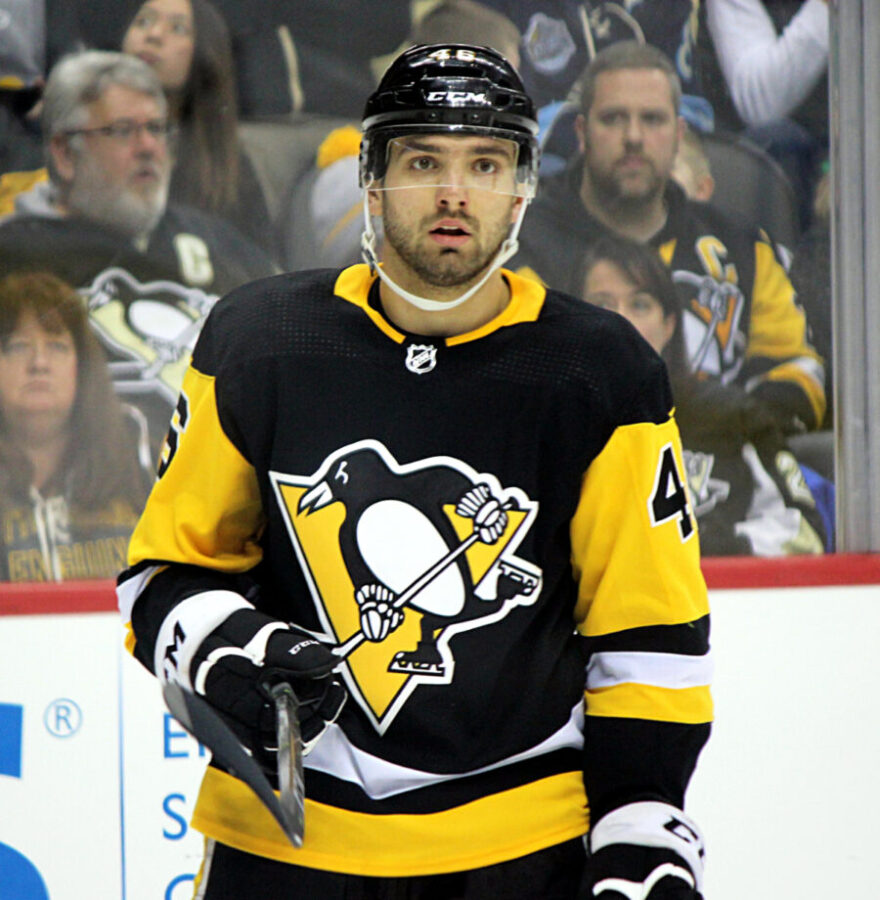
The Columbus Blue Jackets have worked to establish their identity with several notable figures. John Tortorella made a significant impact as head coach, bringing his passionate, demanding style to shape the team’s competitive culture.
Zach Aston-Reese and Mathieu Olivier have contributed to Columbus’s recent efforts, as noted in their performances against Pittsburgh. Their gritty play represents the Blue Jackets’ workmanlike approach.
Defenseman Damon Severson has bolstered the blue line, providing steady play and offensive contributions from the back end. Young talent like Cole Sillinger represents Columbus’s future, bringing fresh energy and scoring touch.
The Blue Jackets have experienced more management turnover than Pittsburgh. This reflects their ongoing efforts to establish themselves as consistent contenders in the Eastern Conference.
See Related: Most Breathtaking Places to Visit in the World (Travel Guide)
Stadiums and Facilities
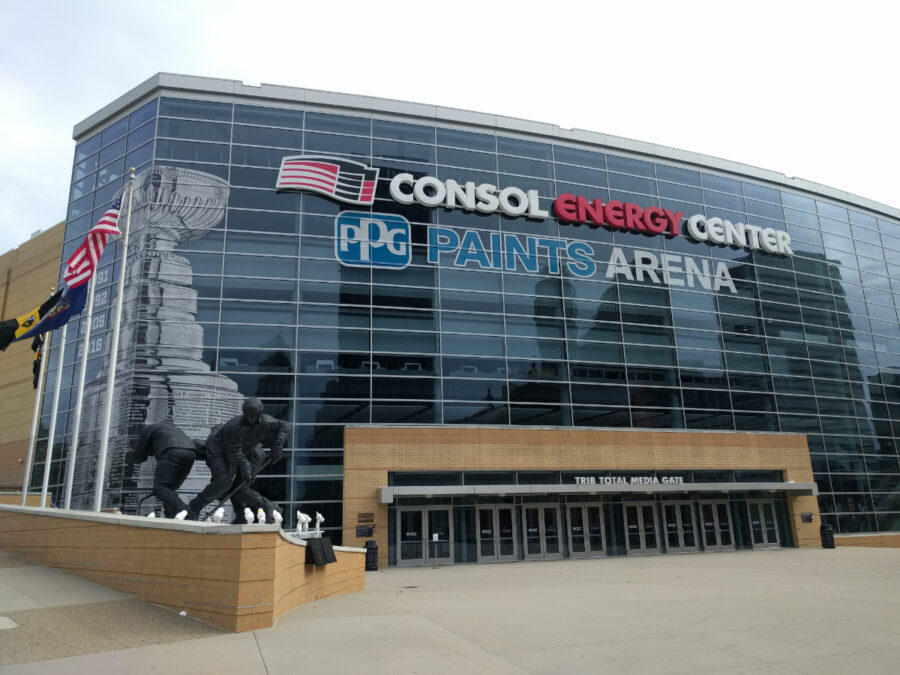
Pittsburgh and Columbus boast impressive sports venues that serve as homes for their professional teams and cultural centers for the cities. These arenas showcase the sports heritage and community pride that define each city’s identity.
Exploring PPG Paints Arena
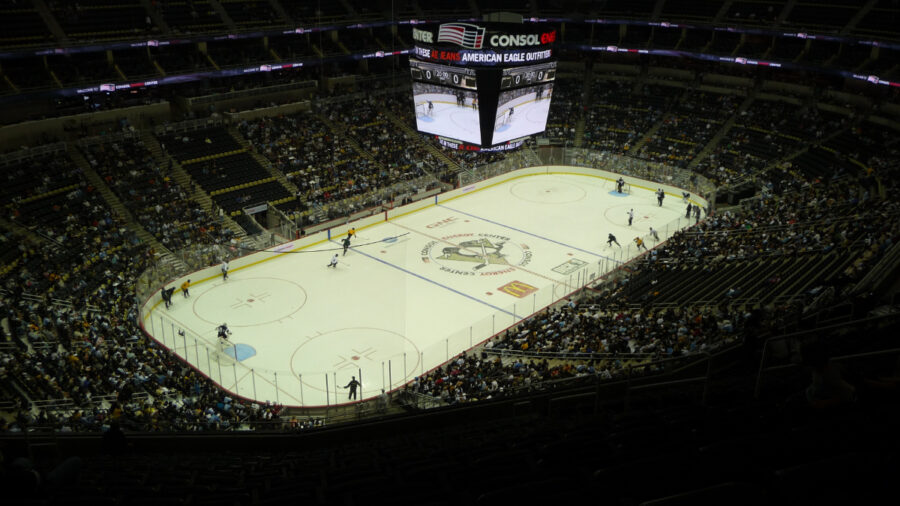
PPG Paints Arena stands as the crown jewel of Pittsburgh’s sports facilities. Home to the NHL’s Pittsburgh Penguins since 2010, this modern venue replaced the beloved but aging Mellon Arena.
The arena seats over 18,000 hockey fans and transforms for concerts and other events yearly. Its distinctive design features a sweeping roof mimicking the city’s iconic bridges.
What makes PPG Paints special is its location in Pittsburgh’s downtown area, which is easily accessible from the city center. It fits into Pittsburgh’s urban layout, where all central sports venues cluster near the rivers, including PNC Park and Heinz Field.
The facility offers premium amenities, including upscale dining options and excellent sightlines from virtually every seat. Penguins fans particularly praise the arena’s energetic atmosphere during playoff games.
Nationwide Arena Insights
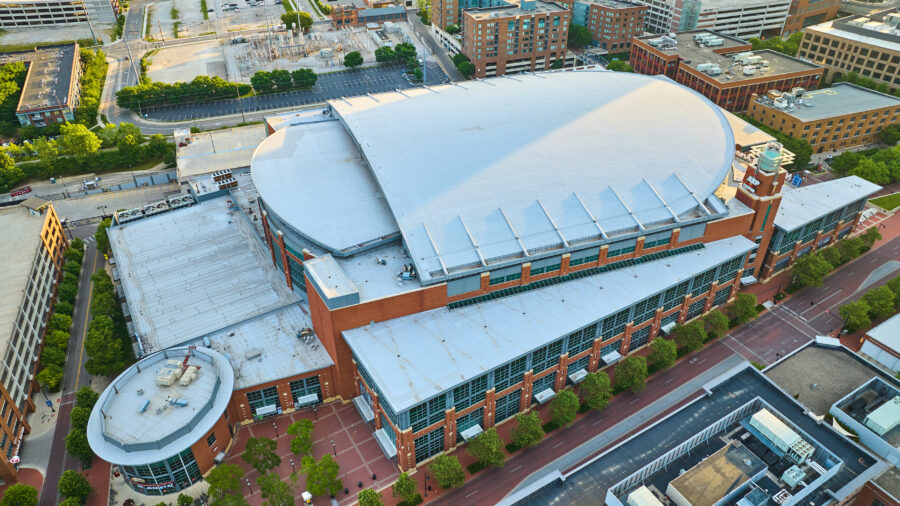
Columbus’s Nationwide Arena, built in 2000, is home to the Columbus Blue Jackets NHL team. It anchors the Arena District, a vibrant entertainment zone that has helped revitalize downtown Columbus.
The venue seats approximately 18,500 fans for hockey games with flexible configurations for concerts and other events. Its architecture features a distinctive glass facade illuminating the Columbus skyline at night.
Nationwide Arena offers family-friendly amenities, including wider concourses than many comparable venues. The “cannon” that fires when the Blue Jackets score has become an iconic tradition among fans.
Unlike Pittsburgh’s stadium arrangement, Columbus spreads sports venues across different areas. While Nationwide anchors the Arena District, other facilities like Ohio Stadium sit near the university campus. This creates distinct entertainment zones throughout the city rather than a concentrated sports district.
Team Statistics and Achievements
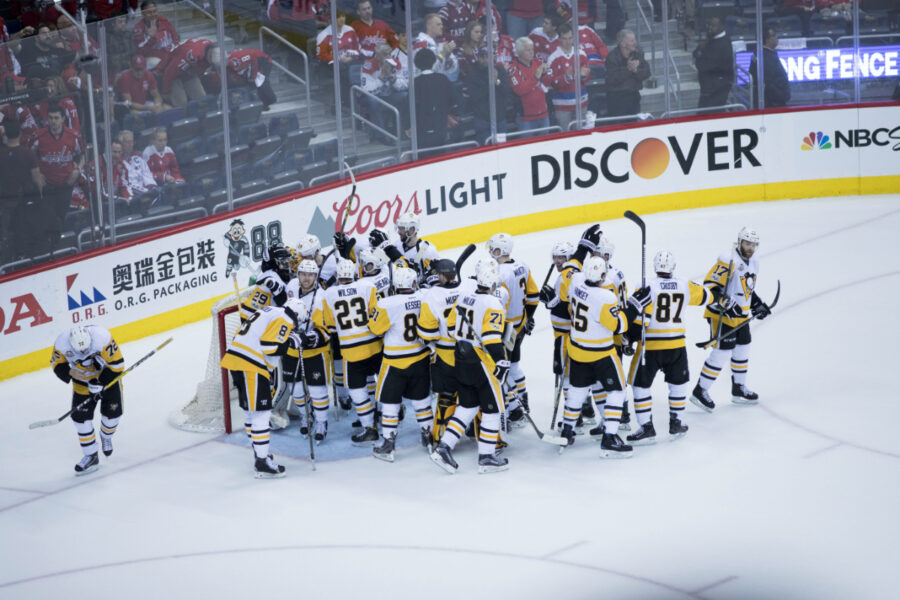
The Pittsburgh Penguins and Columbus Blue Jackets have built a competitive rivalry with distinctive performance patterns. Their head-to-head matchups reveal significant statistical differences in scoring abilities and home-ice advantages.
Penguins’ Performance Metrics

The Pittsburgh Penguins have dominated the head-to-head series against Columbus, winning nine meetings compared to Columbus’s five victories. They’ve been particularly strong in total goals, winning six games away from their home stadium. This reflects the Penguins’ historically strong offensive capabilities.
Pittsburgh has consistently scored against Columbus, averaging about 1 goal per direct match. Their power play (PP) units have typically performed well in these matchups, creating scoring opportunities against the Blue Jackets’ penalty kill.
The Penguins’ success against Columbus isn’t surprising given their franchise history. With multiple Stanley Cup championships in their record, they’ve built a reputation for developing elite talent and maintaining competitive rosters year after year.
Blue Jackets’ Record Breakdown

Columbus has claimed five victories in its rivalry with Pittsburgh, with four coming at its home arena. This home-ice advantage has been crucial for the Blue Jackets’ success against the Penguins. They’ve won only once when measuring total goals on Pittsburgh’s ice.
The Blue Jackets have struggled with consistency in this matchup. Their scoring averages around 1 goal per game against the Penguins, matching Pittsburgh’s offensive output despite fewer overall wins.
Columbus has shown improvement in recent meetings. In their past three matches against the Pittsburgh Riverhounds (in a different competition), the Columbus Crew won twice, showing growing competitiveness. Their save percentage (SV%) has typically needed to be strong against Pittsburgh’s offensive threats to secure victories.
See Related: Cleveland vs Columbus: Key Differences Between Ohio’s Major Cities in 2025
Frequently Asked Questions
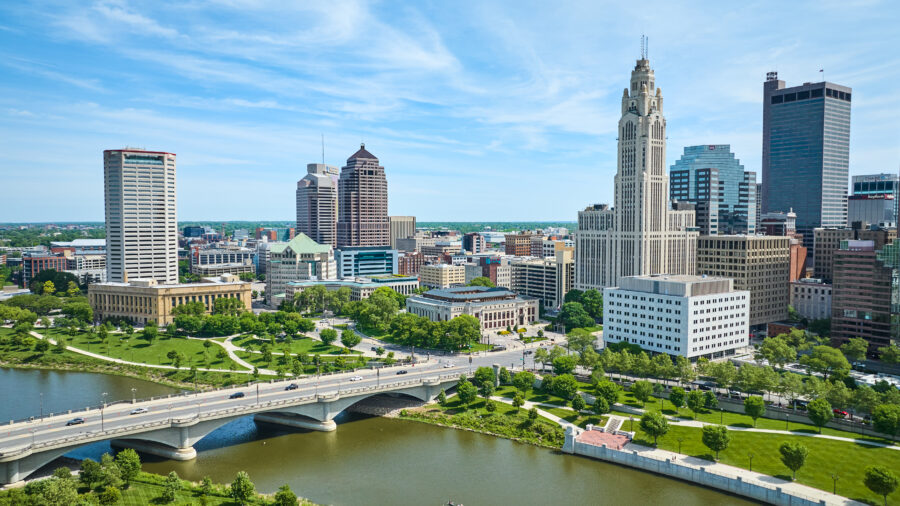
Pittsburgh and Columbus differ in economic landscapes and cultural identities. These questions address people’s most common comparisons between these two Midwestern cities.
What factors contribute to the difference in cost of living between Pittsburgh and Columbus?
Housing costs play a significant role in the cost-of-living differences. Pittsburgh offers more affordable housing in historic neighborhoods, while Columbus has higher prices due to recent growth and development.
Transportation expenses vary significantly. Pittsburgh’s hilly terrain and older infrastructure lead to higher maintenance costs, while Columbus’s newer, more spread-out design requires longer commutes.
Food and entertainment pricing reflect each city’s economic situation. Pittsburgh’s post-industrial economy keeps prices moderate, whereas Columbus’s growing corporate presence has pushed costs upward in recent years.
Which city, Pittsburgh or Columbus, offers a more vibrant football scene?
Pittsburgh claims deep football roots with the Steelers’ six Super Bowl championships, creating a passionate, multigenerational fan base. The black and gold colors appear everywhere during football season.
Columbus centers its football culture around The Ohio State Buckeyes, creating a college football atmosphere that engulfs the city on game days. The “Shoe” (Ohio Stadium) regularly draws over 100,000 fans.
Both cities embrace their football identity differently. Pittsburgh’s professional focus creates year-round engagement, while Columbus experiences intense seasonal enthusiasm during college football months.
What are the key population growth trends in Pittsburgh compared to Columbus?
Columbus has experienced steady population growth, becoming Ohio’s largest city. From 2010 to 2020, Columbus grew by approximately 15%, attracting young professionals and families.
Pittsburgh’s population has stabilized after decades of decline following the steel industry’s collapse. The city has seen modest growth in specific neighborhoods as tech companies and healthcare providers create new opportunities.
Age demographics differ significantly between the cities. Columbus skews younger with a median age around 32, while Pittsburgh maintains an older population with a median age closer to 41.
How does the quality of life in Pittsburgh contrast with that in Columbus?
Pittsburgh offers a stronger sense of neighborhood identity and historic character. The city’s hills, rivers, and distinct cultural districts create unique living experiences within proximity.
Columbus provides more modern amenities and newer infrastructure. The city’s planned development has resulted in better traffic flow and more consistent city services across neighborhoods.
Work-life balance varies between the cities. Pittsburgh residents typically enjoy shorter commutes, averaging 25 minutes, while Columbus commuters spend closer to 30 minutes traveling to work daily.
What historical impacts have shaped the cultural identities of Pittsburgh and Columbus?
Pittsburgh’s industrial past as “Steel City” profoundly influences its identity today. Its cultural narrative is shaped by the working-class ethic, immigrant heritage, and dramatic economic transformation from manufacturing to healthcare and tech.
Columbus developed around government and education institutions. As Ohio’s capital and home to Ohio State University, the city evolved with more planned growth and less industrial influence.
Cultural institutions reflect these different histories. Pittsburgh’s museums often celebrate industrial innovation and immigrant contributions, while Columbus focuses more on government history and university achievements.
What are the expected outcomes and community insights for upcoming Pittsburgh vs. Columbus sporting events?
Hockey matchups between the Pittsburgh Penguins and Columbus Blue Jackets generate significant regional interest. The Penguins’ championship history creates expectations of dominance, while Blue Jackets fans embrace their underdog status.
College sports rivalries heat up when Ohio State faces Pittsburgh-area schools. These matchups often divide families with mixed allegiances and create friendly workplace competitions.
Local businesses benefit substantially from these sporting events. Sports bars, restaurants, and hotels near venues report 30-50% increases in revenue during game days, highlighting the economic impact of this regional rivalry.



